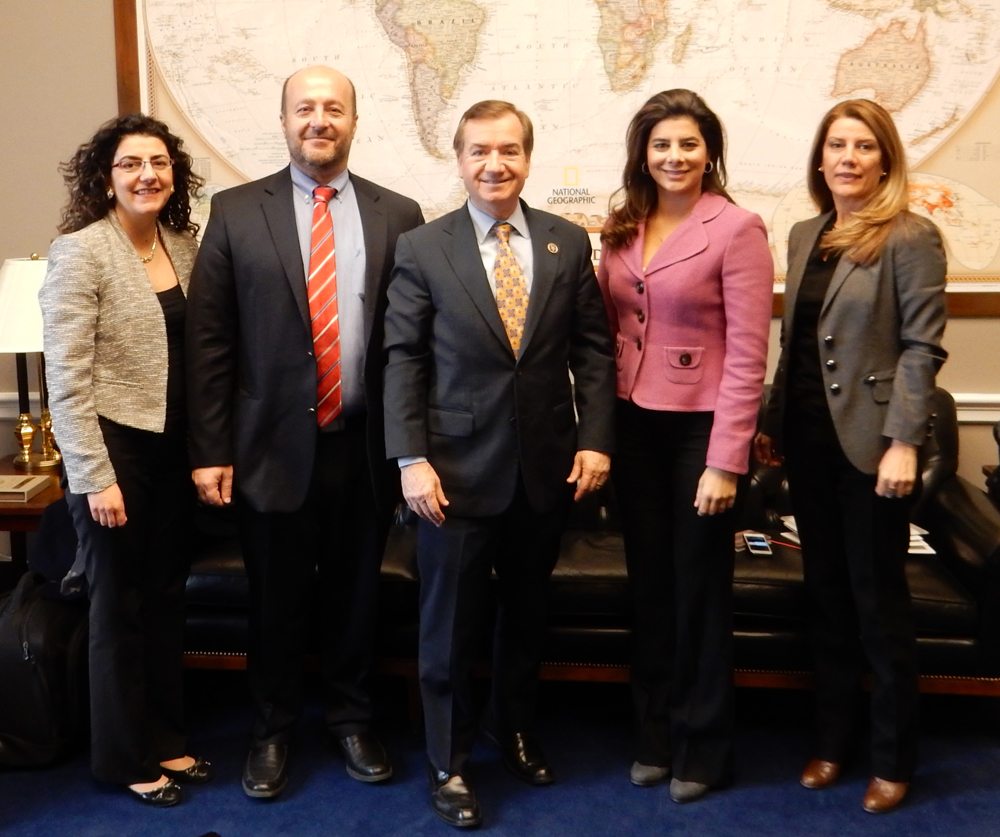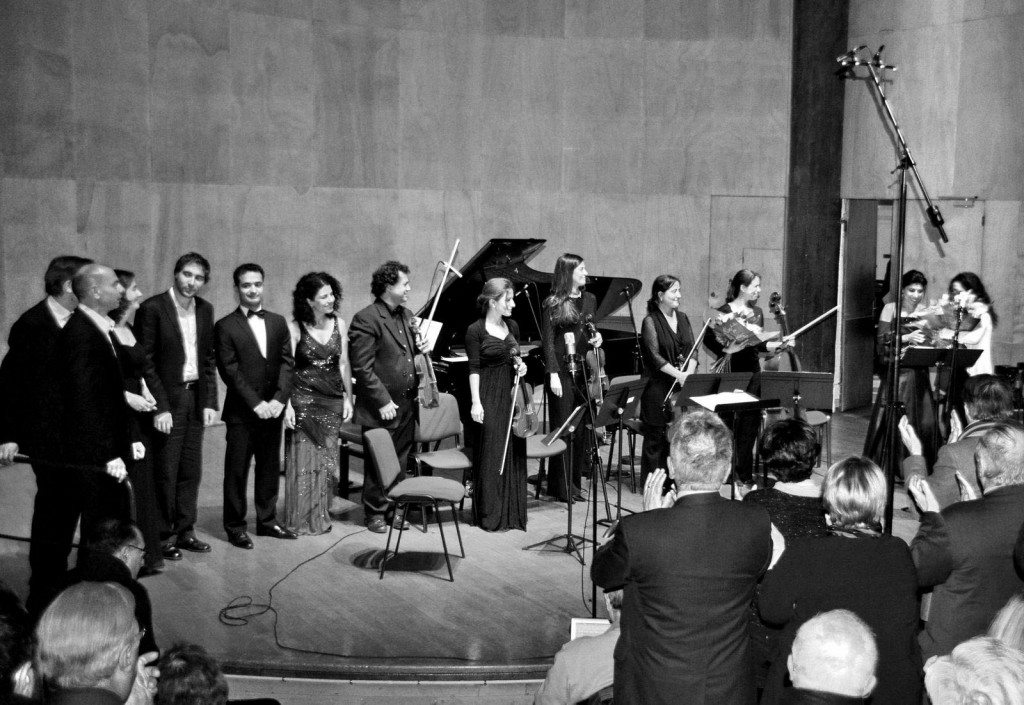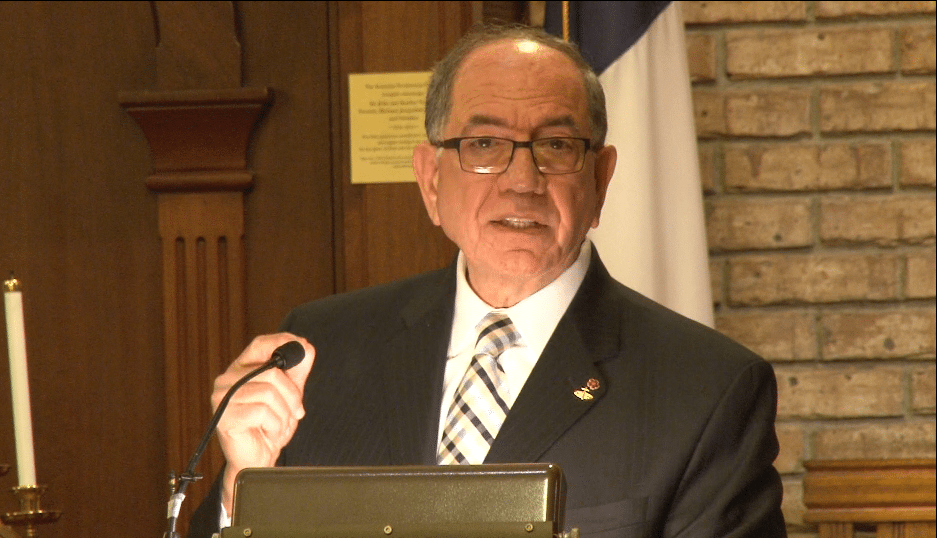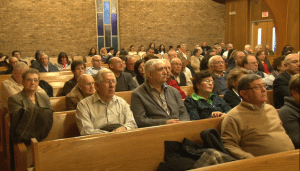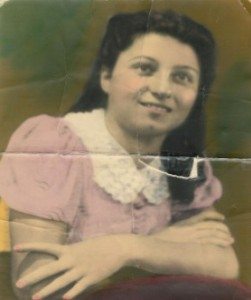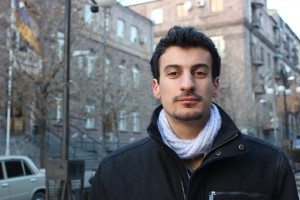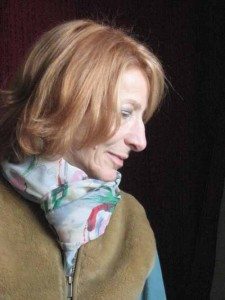NEW YORK—It was a joyous reunion, sold out weeks in advance, to mark the 20th anniversary of the founding of the Armenian American Health Professionals Organization (AAHPO) at the famed New York Athletic Club on Nov. 21. And it was celebrated in grand style, as it honored Dr. Raffy Hovanessian (“Ambassador to Humanity and Medicine”), Dr. Nahabed Garo Kasabian (AAHPO founder and past president), and Khoren O. Nalbandian, R.Ph. (AAHPO founder).
A sumptuous reception began the inspiring evening as attendees enjoyed the company of acquaintances they hadn’t seen in years. Among the honored guests were Diocesan Primate Archbishop Khajag Barsamian, Prelacy Vicar General Bishop Anoushavan Tanielian, Armenia’s Ambassador to the U.S. Tigran Sargsyan, Armenia’s Ambassador to the UN Zohrab Mnatsakanian, AAHPO President Dr. Lawrence Najarian, and honorary chairs of the banquet Nazar and Artemis Nazarian. Also present were representatives of several Armenian-American associations.
Ably taking the reins as master of ceremonies, Hagop Kouyoumdjian introduced the tireless and dedicated president of the organization, Lawrence Najarian, who in his typically ebullient manner welcomed the more than 275 guests sitting at flower-bedecked tables in the elegant grand ballroom. He stated with pride that as AAHPO celebrates its 20th anniversary of serving the Armenian community, “we are thriving.”
Giving the invocation, Archbishop Barsamian related that since the birth of AAHPO 20 years ago, the organization has been “a great benefit to our people in the U.S., the New York region, and Armenia. It has been a blessing for our Armenian health professionals to share their expertise and to advance the quality of life for our brothers and sisters. Let us always stand together in mutual love and unity.”
In his dynamic address, Najarian said that AAHPO “is thriving and is more dedicated than ever to the mission of its founding members, many of whom are actively involved with our organization today. Our mission is to improve healthcare awareness, increase disease prevention and early detection, and provide medical support and education to Armenians in the tri-state area as well as our brethren in Armenia. AAHPO’s volunteer-care heroes have been consistent and relentless in their pursuit of our missions,” he related.
Najarian revealed that the organization has more than 450 healthcare volunteers “pursuing its noble mission. Together we have, and are, achieving what none of us could ever accomplish alone. The goal of our many programs—and every project AAHPO is involved with—is to help save lives. Our special aim is to raise the health care in Armenia to the level of America. And our single greatest achievement is that we bring together the healthcare community by providing a platform that channels our collective commitment to make a difference and improve the lives of our fellow Armenians, unleashing our sense of duty that is so deep and powerful,” he declared with passion.
Exemplary success
A video presentation was then shown, detailing how AAHPO has developed over the past 20 years, and effected change in the lives of so many Armenians. Established in 1994 through the vision of Kasabian, Nalbandian, and Dr. John Nercessian, AAHPO grew and expanded into an organization with medical outreach in the tri-state area, holding health fairs, medical forums, and workshops, hosting a bimonthly TV show, having e-mail alerts, an AAHPO website and hotline, webinars, and on-site help, and sponsoring bone marrow and blood drives. After the Armenian earthquake, and Armenian independence in 1991, several AAHPO programs were established in Armenia and in Nagorno-Karabagh, and have since greatly expanded.
A special tribute was also paid to the memory of Dr. Edgar Housepian, an eminent neurosurgeon.
Honors for the deserving
The highlight of the evening came with the presentation of awards to the three honorees who have served in various capacities the Armenian-American community, and Armenia after its earthquake.
Nahabed Kasabian, one of the three AAHPO founders and the third AAHPO president, was born and raised in New York. Directing urology programs in several hospitals, he has participated in many clinical trials, and has been published in prestigious peer-reviewed journals. In his message of appreciation, he reminisced about starting the first AAHPO membership meeting in the Armenian Presbyterian Church in Paramus, N.J. “Our organization has advanced because it has no political affiliation,” he declared to loud applause.
AAHPO founder Khoren Nalbandian, a noted pharmacist, was born and raised in Aleppo, Syria, and was the head pharmacist and director of the Armenian National Sanatorium in Lebanon. In the United States, he served for more than 30 years as the senior pharmacist at the New York University Medical Center, as well as for 31 years at his own established Junction Drugs and Surgical in New Jersey. Paying tribute to the past and present AAHPO leadership and work, he said, “My challenge is for the new members to carry the torch that was lit 20 years ago, and to lead AAHPO to accomplish its mission in the diaspora, the motherland, and the tri-state community where it all began.”
‘Renaissance man’
Honored as the “Ambassador to Humanity and Medicine,” Raffy Hovanessian, born in Jerusalem, and raised in Aleppo, Syria, became a well-known internist and gastroenterologist, mostly practicing at St. Mary’s and Methodist Hospitals in Indiana. He is a noted benefactor and art patron who has served the Armenian church and schools in Illinois and New York, and at St. Nersess Armenian Seminary in many capacities, as well as on the Central Boards of the Diocesan Council, the AGBU, and the Armenian Assembly.
Hovanessian’s devotion and donations to Armenia after the earthquake resulted in the establishment of hospitals during his more than 27 trips with his wife, Shoghag. He also served as the personal physician of the Catholicos of All Armenians Karekin I. Hovanessian’s numerous honors include the Prince of Cilicia (1983), the NAACP Golden Heritage Award (1987), Prelacy Man of the Year Award (1988), Ellis Island Award (2000), and the Diocesan Armenian Church Man of the Year (2014).
In his message of appreciation, Hovanessian paid tribute to many of his relatives, teachers, and friends, and especially to his parents. “Sacrifice was the total life of my father, and the total service of my mother,” he related. He recognized his brother Ara, a fellow doctor and previous AAHPO honoree who had journeyed from Beirut, and paid special gratitude to his wife, Shoghag, who is “the center core of my life. Her whole life has been one of total devotion and sacrifice for the church and Armenia. She walks beside me, but most of the time way ahead of me,” he said with obvious emotion.
Making a special presentation, Archbishop Khajag Barsamian awarded Hovanessian with the St. Nersess Shnorhali Medal and Encyclical on behalf of Catholicos of All Armenians Karekin II, in recognition of his “lifetime of vision, virtue, and great work for the Armenian Church.”
This honor was followed by Ambassador Tigran Sargsyan awarding Hovanessian with the Mkhitar Gosh Medal. The Armenian diplomat praised the AAHPO’s work in Armenia—especially in its border villages, as well as in Artsakh and Javakhk—calling it “one of the leading networks of Armenian professionals in the healthcare system.” Sargsyan lauded the 2014 missions which are focusing on thyroid diseases, “a particularly common problem in Armenia,” he said. “Your work multiplies the potential of the Armenian nation.”
Closing the memorable evening, Bishop Anoushavan Tanielian, Vicar General of the Armenian Prelacy, speaking on behalf of Prelate Archbishop Oshagan Choloyan, congratulated the AAHPO for its “great mission of healing sorrows and pains. You place your heart in our diaspora, homeland, Artsakh, Kars and Ardahan,” he said. “As an organized body, you express the unity and strength where all our medical professionals join and work together.”
During the program, both the American and Armenian national anthems were sung by Nanor Terjanian, and banquet co-chair Dr. Aram Cazazian expressed his appreciation for the event’s hard-working co-chairs, Vicki Shoghag Hovanessian and Seta Nalbandian, and to committee members Dr. Lawrence Najarian, Dr. Garbis Baydar, Dr. Arthur Kubikian, Dr. Tsoline Kojaoghlanian, Dr. Louiza Puskulian Kubikian, Dr. Vicken Pamoukian, Lucinne Aynilian, Laura Baydar, Ani Karatoprak, Vesna Markarian, Magda Najarian,and Lara Pamoukian.
As a special gift, the talented metal-sculpture artist Michael Aram donated beautiful hand-crafted frames to the attending healthcare professionals. Dikran and Nelly Minassian donated their specially produced medals to the honorees. They were fitting tributes to an organization whose professional and selfless legacy was deservedly celebrated, and will continue for Armenians in America, in Armenia, and in Artsakh.
The post AAHPO Holds 20th Anniversary Gala in Grand Style at New York Athletic Club appeared first on Armenian Weekly.





